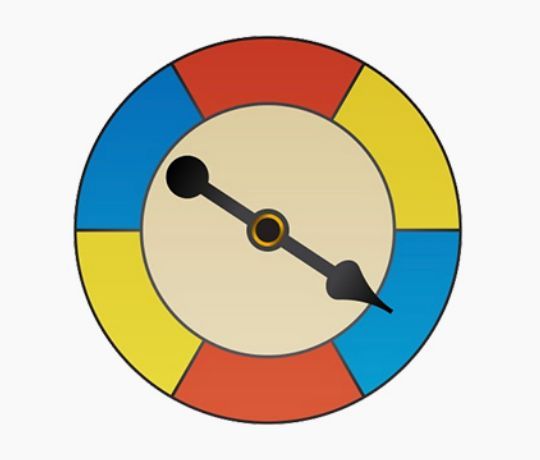Probability is a concept we encounter daily, whether checking the weather forecast or contemplating lottery odds. It can be calculated mathematically, allowing us to quantify the likelihood of various events. In probability notation, we denote the probability of an event as P(event). An event can be any occurrence, such as the chance of rain or flipping heads on a coin.
There are two primary types of probability: theoretical and empirical. Theoretical probability is based on possible outcomes before any events occur. For instance, when flipping a coin, the theoretical probability of landing heads is calculated as:
\[P(\text{heads}) = \frac{\text{Number of favorable outcomes}}{\text{Total possible outcomes}} = \frac{1}{2}\]
In contrast, empirical probability is derived from actual experiments or observations. If you flip a coin three times and get heads twice, the empirical probability is:
\[P(\text{heads}) = \frac{\text{Number of heads observed}}{\text{Total flips}} = \frac{2}{3}\]
To illustrate further, consider rolling a six-sided die. The probability of rolling a number greater than 3 can be calculated as follows:
\[P(\text{number} > 3) = \frac{\text{Number of outcomes greater than 3}}{\text{Total outcomes}} = \frac{3}{6} = \frac{1}{2} = 0.5\]
When using empirical data, if you roll the die 10 times and find that 8 rolls are greater than 3, the empirical probability becomes:
\[P(\text{number} > 3) = \frac{8}{10} = \frac{4}{5} = 0.8\]
The difference between theoretical and empirical probabilities often arises from sample size. A larger number of trials will yield results closer to the theoretical probability. In probability studies, all possible outcomes of an event can be represented as a sample space, denoted in set notation. For example, the sample space for flipping a coin is:
\[S = \{ \text{heads, tails} \}\]
Understanding these foundational concepts of probability equips you to analyze and interpret data effectively, whether in academic settings or real-world applications.






